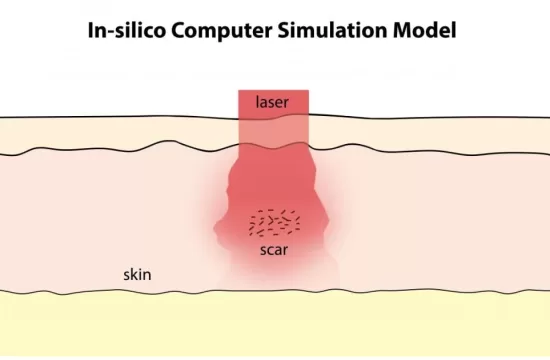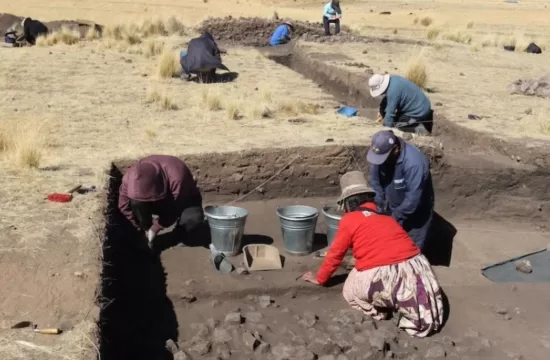
Scientists have applied CRISPR-Cas9 gene editing techniques to take on the rare genetic immunodeficiency disorder, chronic granulomatous disease (CGD). After repairing the gene mutation in blood stem cells from two patients ex vivo, the engineered cells were transplanted into mice where they successfully developed into normal white blood cells.
CGD is caused by flaws in the NOX2 protein, which is important in helping white blood cells fight infection. Consequently, patients are vulnerable to life-threatening infections and usually have to be on antibiotics long-term. There are limited treatments available, and while stem cell transplantation is an option it comes with the risk of toxicity and potentially deadly complications.
One of the challenges with CRISPR-Cas9 gene editing is the potential for unintended alterations that can include the loss or addition of genetic material. The scientists, led by Suk See De Ravin from NIH’s National Institute of Allergy and Infectious Diseases, reported that no signs of unintentional side effects were observed in the mice, and the altered cells kept their edits with restored antimicrobial function for up to five months.
The researchers say while further development is needed, this proof-of-principal study shows promise that CRISPR-Cas9 gene editing can be an effective strategy for repairing mutations in CGD and potentially other blood disorders.
Up next the scientists will perform more studies in hopes of eventually achieving a clinical treatment for patients with CGD.
The findings were published Jan. 11 in Science Translational Medicine.
Source: dddmag.com







